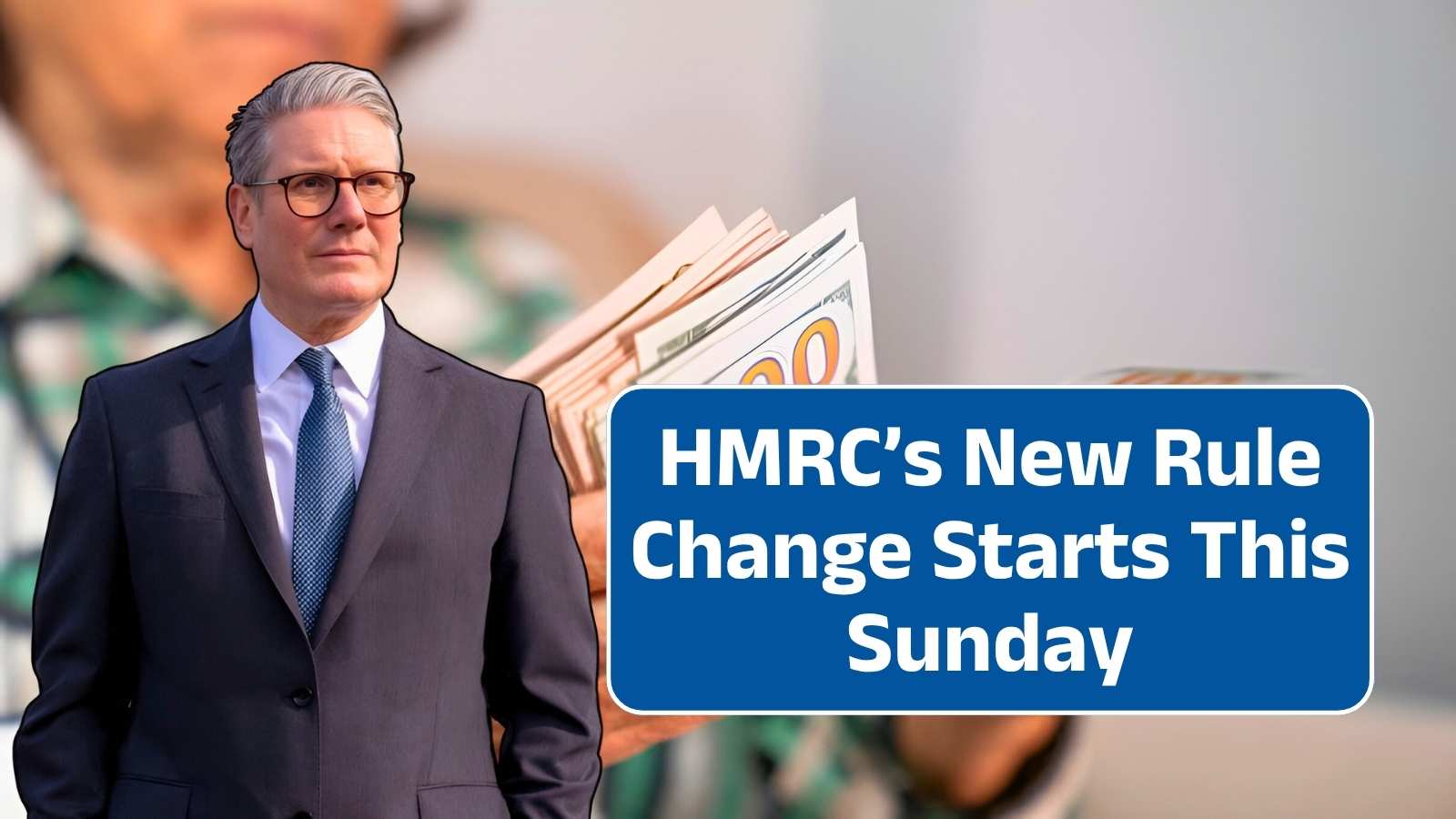The HM Revenue & Customs (HMRC) is rolling out a key change to how some individuals report income especially side hustlers and casual earners. While it may not affect everyone, this update will impact thousands and could change whether you need to file a tax return or not. Understanding this shift is vital so you don’t get caught off guard with unexpected paperwork or penalties.
When the Rule Change Starts
The new rule starts this Sunday and forms part of a wider set of HMRC updates happening during 2025. One of the most important changes is the planned increase in the trading income threshold from £1,000 to £3,000 gross. This means if you make less than £3,000 in side income, you might not need to file a Self Assessment tax return anymore. Other reforms, like mandatory digital reporting for the self-employed and landlords, are still on the way, with big milestones set for 2026 and beyond.
How the HMRC New Rules Work – Explained Simply
Here’s what the new rules mean in practical terms:
Income type: Trading income (side hustles, small businesses)
Old rule: You needed to file a tax return if your gross income was over £1,000.
New rule: The threshold is rising to £3,000.
What it means: If you earn less than £3,000 gross, you may not have to file a full return.
Income type: Digital reporting for self-employed or landlords
Old rule: Optional for some users.
New rule: From April 2026, it becomes mandatory for those with gross income above £50,000, with thresholds dropping later.
What it means: You’ll need software to keep digital records and send quarterly updates.
Income type: Domicile and residence rules
Old rule: Based on domicile status.
New rule: From April 2025, the system switches to a residence-based model.
What it means: If you’re non-UK domiciled or have foreign income, your tax treatment could change.
Why This Rule Change Is Happening
HMRC says these reforms aim to make tax simpler and fairer. Many people earning small amounts from side gigs or online sales were having to fill in full Self Assessment forms for tiny incomes. The new rules aim to remove that burden. Another goal is modernisation pushing towards a more digital, real-time tax system that matches the way people earn today. It also helps HMRC get a clearer picture of income from newer types of work like freelancing, rentals, and online businesses.
Common Mistakes With HMRC’s Rule Change
Mistake 1: Thinking you’re exempt because your income is “small.” Always check that your total gross trading income really falls under the £3,000 threshold.
Mistake 2: Forgetting the threshold applies to gross income before expenses. Calculate correctly before assuming you’re below the limit.
Mistake 3: Ignoring digital reporting requirements because they’re not here yet. If you earn near £50,000, start preparing now with compliant software.
Mistake 4: Not keeping records because you think you’re unaffected. Always keep records for at least six years.
Mistake 5: Believing the rule change reduces your tax bill. It only changes how you report, not necessarily how much you pay.
Best Tips or Steps to Make the Most of the HMRC Rule Change
- Log into your Personal Tax Account to check your recent income sources.
- Add up your total gross income from all side hustles or freelance work.
- If your gross trading income is under £3,000, you may not need a Self Assessment but confirm if you have other reasons to file.
- If you’re self-employed or a landlord earning above £50,000, start preparing for digital record-keeping now.
- Keep all receipts and invoices for your income and expenses.
- Review your tax status if you have income or assets overseas.
- Stay alert for HMRC updates they’ll publish details on implementation dates soon.
The Latest Updates or Reforms in HMRC’s Changing Rules
The trading income threshold is being raised from £1,000 to £3,000, expected to remove hundreds of thousands of people from Self Assessment. A new simplified digital reporting option will be introduced for small earners. For higher earners, mandatory digital reporting for income tax starts on 6 April 2026. Finally, the move from a domicile-based system to a residence-based one will begin on 6 April 2025, affecting those with overseas income.
Conclusion
If you earn money from a side hustle, rent, or freelance work in the UK, these new HMRC rules matter. They could save you time on tax filing if your income is small, but they’ll demand more structure and digital reporting if you earn more. The key is to know your income level, keep your records tidy, and stay informed about the next phase of HMRC’s digital changes. Acting early means fewer surprises later.
FAQ
When will this rule change apply to me?
The higher trading income threshold comes into effect soon, starting this Sunday for some taxpayers. The digital reporting rule applies from April 2026 for higher earners.
What counts as “trading income”?
Trading income includes all money you earn from side jobs, freelancing, or online selling before taking off expenses.
Why is HMRC changing the rules now?
The government wants to simplify the system, cut paperwork for small earners, and modernise tax administration to reflect the digital economy.
How do these changes affect self-employed people?
If you earn under £3,000, you might not need to file a Self Assessment. But if you earn above £50,000, you’ll need to start using digital accounting tools from 2026.
Can I still file a tax return if I want to?
Yes, you can still file voluntarily if you want to claim reliefs or refunds, even if you fall under the new threshold.



